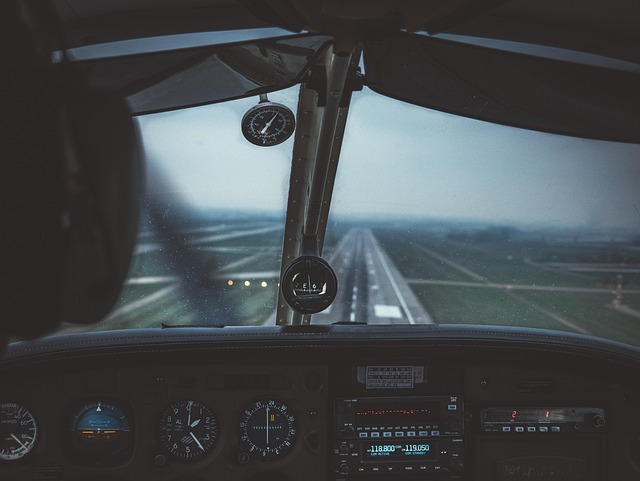In the world of photography, the concept of the sharpness plane is akin to the foundation of a grand structure; it plays a pivotal role in how your images are perceived. Understanding this can elevate your photography from simple snapshots to works of art that speak volumes.
When you capture an image, your camera’s lens focuses on a particular plane in the scene—this is your sharpness plane. Objects that lie within this plane appear crisp and clear, while those outside may become blurred. Mastering this aspect of photography allows you to draw your viewer’s eye exactly where you want it, creating a compelling story through layers of sharpness and softness.
To tap into the potential of the sharpness plane, first, assess your scene. Consider the various layers—foreground, middle ground, and background. By knowing what to highlight, you can decide where to focus your lens. For instance, if you’re photographing a stunning landscape with a flower in the foreground, you may want the flower to be in the sharpness plane, ensuring it captures attention while the rest of the scene remains softer.
The interplay of sharpness and softness can evoke different emotions. A sharply focused subject surrounded by a softly blurred background can create feelings of intimacy and connection. Conversely, a wider depth of field can result in landscapes that convey grandiosity and expansive beauty, inviting the viewer to explore each layer of the image.
Your choice of camera settings plays a crucial role in achieving the desired sharpness plane. The aperture setting is a primary factor—wider apertures (like f/1.8) create a shallower depth of field, allowing you to isolate your subject, whereas smaller apertures (like f/16) yield a sharper focus across a more extensive range, perfect for landscapes.
Optics also significantly impact your sharpness plane. Investing in quality lenses can make a world of difference. Not all lenses are created equal—some may provide better sharpness at various apertures. Understanding the capabilities of your equipment will allow you to make informed decisions that enhance your skills and results.
When layering your photography skills, practice is essential. Take the time to experiment with different apertures, compositions, and lighting scenarios. Photograph the same scene multiple times, shifting the focus and observing how the sharpness plane changes your image’s impact. Digital photography allows for instant feedback, making it easier to learn and adapt your approach.
Lastly, embrace the art of post-processing. Editing software can enhance sharpness locally, allowing you to fine-tune where attention should be drawn in your image. You can create striking contrasts between the sharpness plane and the softer elements of your photos, adding depth and intrigue.
By understanding and mastering the sharpness plane, you can transform your photographic craft. Unlock the potential of layers within your images, guiding your viewers through each story you tell with precision. Your camera is a powerful tool, and with the right knowledge and practice, you can create captivating photographs that resonate long after they’ve been seen.



